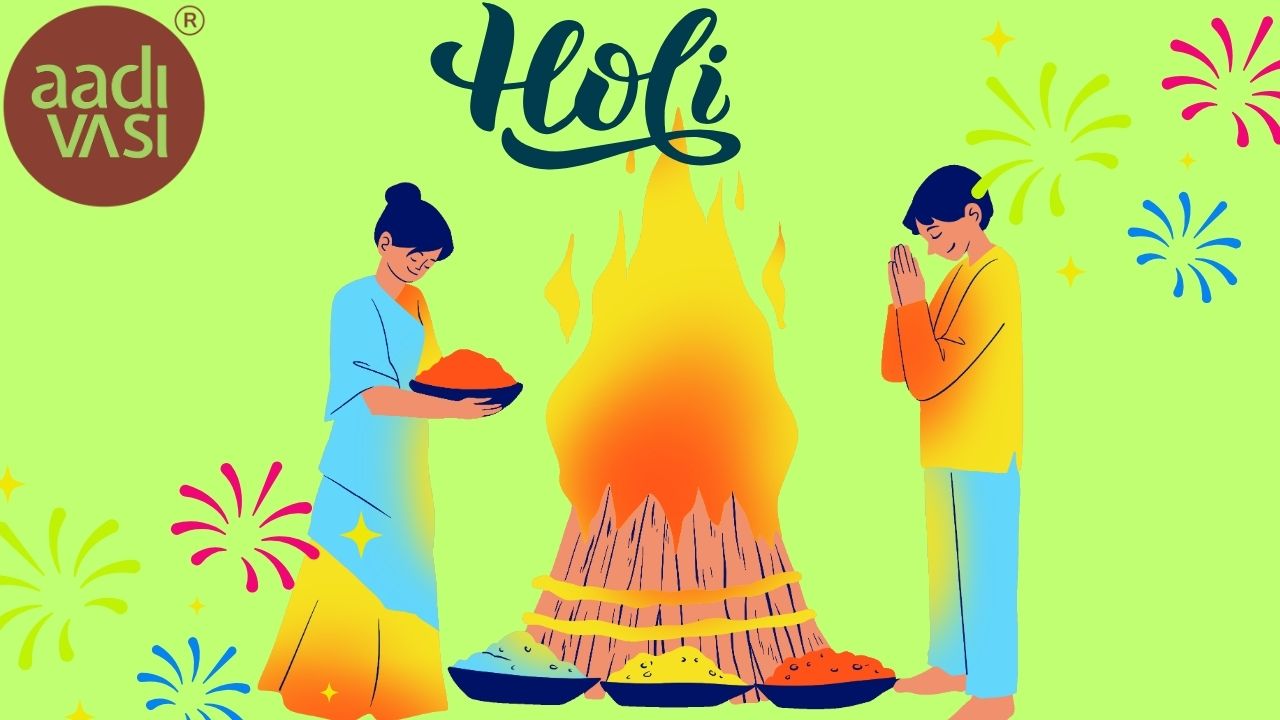Holika Dahan Significance: The Mythology, Rituals, and Traditions Behind the Sacred Fire

Holika Dahan Significance: The Mythology, Rituals, and Traditions Behind the Sacred Fire
The air hums with anticipation. The scent of fresh gujiyas lingers in the corners of homes, and laughter echoes through the streets. Holi is near, but before colors take over, the night is reserved for something sacred—Holika Dahan rituals. The Holika Dahan significance isn't just about lighting a bonfire; it’s a moment of reckoning, a reminder that good always triumphs over evil. But where did this tradition begin? Let’s weave through the layers of Holika Dahan mythology, its rituals, and why it still holds importance in our modern lives. And what better time to embrace the spirit of giving than now? Platforms like Aadivasi.org offer beautifully handcrafted, ethically sourced gifts—perfect for spreading joy while supporting indigenous artisans. This festival also calls for celebrating with safe and eco-friendly colors. Opting for plant pigments, khadi-certified, and natural colors from Aadivasi.org ensures that your Holi is not only vibrant but also kind to your skin and the environment.
The Mythology Behind Holika Dahan
The legend of Holika and Prahlad story is a tale of faith, deception, and divine justice. Imagine this—a young boy, Prahlad, unwavering in his devotion to Lord Vishnu, standing up against his tyrant father, Hiranyakashipu. The king, blinded by ego, could not accept his son’s defiance. He sought the help of his sister, Holika, who had a boon that made her immune to fire. The plan? To trick Prahlad into sitting with her in a burning pyre.
But karma has its own rules. The flames embraced Holika instead, reducing her to ashes while Prahlad remained unharmed. This event became the core of the Holi bonfire meaning, a lesson in the consequences of arrogance and the power of unwavering faith.
Holika Dahan Rituals and Traditions
The Holika Dahan puja vidhi has been passed down through generations, shifting slightly across regions but never losing its essence:
- Preparation of the Bonfire: Days before, families gather wood and other materials to set up the Holika Dahan fire ritual.
- Puja and Offerings: On the night of the Holika Dahan festival, people offer wheat, coconut, sugarcane, and grains, seeking divine blessings for prosperity.
- Parikrama (Circumambulation): With prayers on their lips, devotees walk around the fire, absorbing its energy and leaving behind negativity.
- Burning of Holika: The flames rise high, symbolizing the destruction of evil energies and the dawn of renewed hope.
Holika Dahan Importance in Modern Times
Even in today’s fast-moving world, the religious significance of Holika Dahan holds a powerful message. It reminds us to shed our past grievances and embrace new beginnings with an open heart. It’s not just about fire—it’s about transformation, a spiritual detox from negativity.
When is Holika Dahan Celebrated?
Mark your calendars! Holika Dahan date and time align with the full moon night of the Phalguna month, usually in March. The bonfire is lit at the most auspicious moment, determined by Hindu lunar calculations.
How to Perform Holika Dahan at Home?
Many choose intimate celebrations, bringing Holika Dahan traditions into their homes. Here’s how you can do it:
- Find a safe, open space.
- Arrange a small pyre using dried wood and cow dung cakes.
- Offer prayers with turmeric, kumkum, and coconut.
- Seek blessings, embrace positivity, and let go of negativity.
Final Thoughts
The Holika Dahan significance is a testament to faith, resilience, and the beauty of new beginnings. Whether you’re part of a grand ceremony or lighting a modest fire at home, let this festival be a reminder that no darkness is permanent. So, let the flames rise, let your worries burn away, and let the colors of Holi paint your life anew—with safe, natural colors that celebrate both tradition and sustainability.

